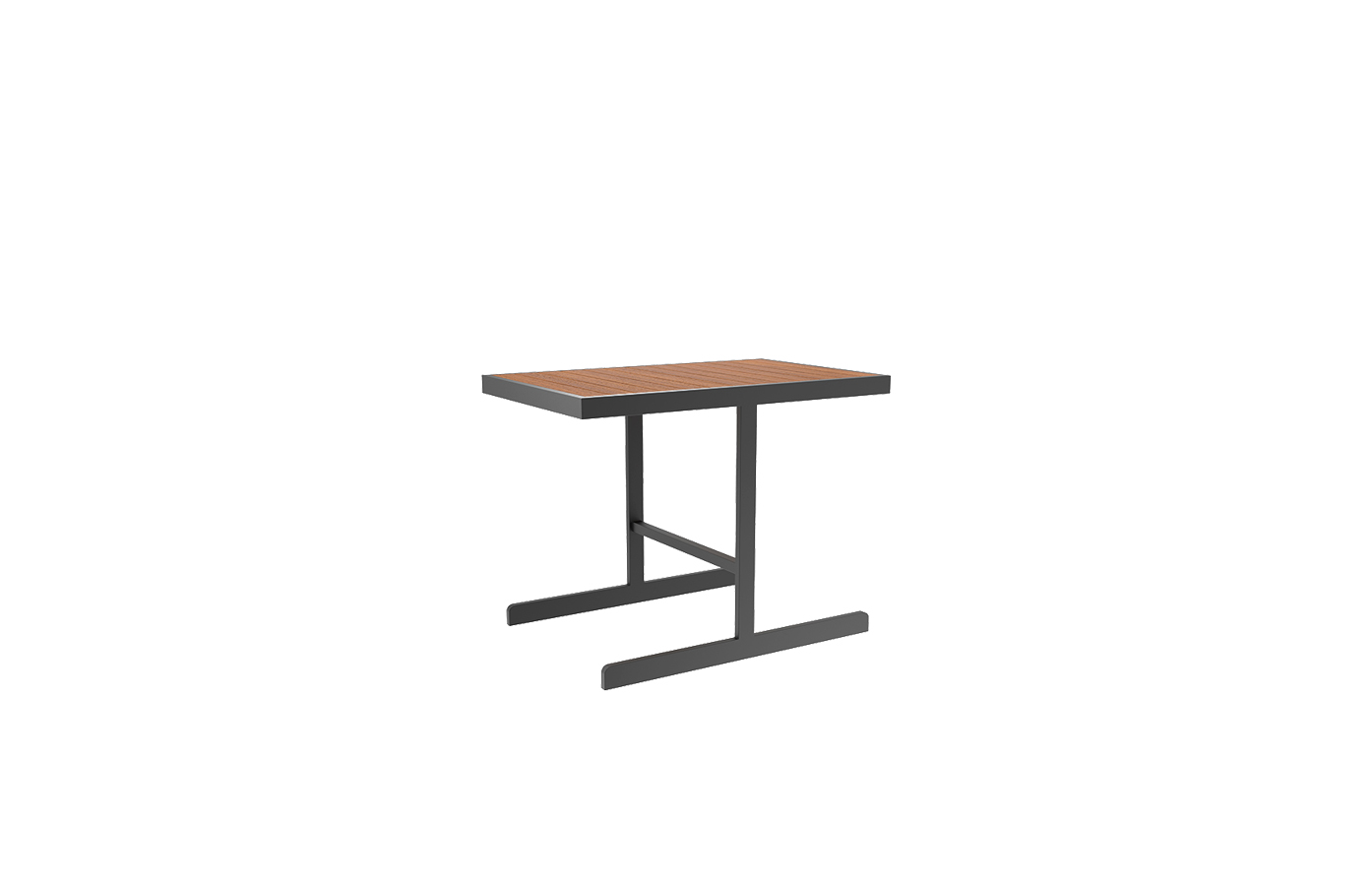Lighting is an essential element in interior design, as it can greatly impact the overall look and feel of a space. The right lighting can create a warm and inviting ambiance, highlight architectural features, and even affect our mood and energy levels. In this article, we will explore the importance of lighting in home design and provide tips on how to achieve the perfect balance in your space.
One of the key aspects of lighting design is understanding the different types of lighting and how they can be used effectively. There are three main types of lighting: ambient, task, and accent lighting. Ambient lighting provides overall illumination for a space and is typically achieved through overhead fixtures such as chandeliers or recessed lights. Task lighting is focused on specific areas where activities are performed, such as reading or cooking, and is often provided by table lamps or under cabinet lighting. Finally, accent lighting is used to highlight focal points or create visual interest, such as artwork or architectural details.

The Importance of Lighting in Home Design: How to Achieve the Perfect Balance

The Importance of Lighting in Home Design: How to Achieve the Perfect Balance
When planning the lighting for a room, it is important to create a layered lighting scheme that incorporates all three types of lighting. This will ensure that the room is well-lit and that different lighting needs are met. For example, in a living room, ambient lighting can be provided by a central ceiling fixture, while task lighting can be added with floor lamps or table lamps near seating areas. Accent lighting can then be used to highlight a fireplace or piece of art on the wall.
In addition to incorporating different types of lighting, it is also important to consider the color temperature of the light bulbs. Warm white light (around 2700-3000K) is typically used in living spaces to create a cozy and inviting atmosphere, while cool white light (around 4000K) is often preferred in task areas such as kitchens or home offices where bright, white light is needed. It is also important to consider the brightness level of the light bulbs, as too much or too little light can impact the functionality and comfort of a space.

The Importance of Lighting in Home Design: How to Achieve the Perfect Balance
Another important consideration when designing the lighting in your home is the placement of fixtures. Lighting should be evenly distributed throughout the room to avoid dark spots or harsh shadows. Wall sconces, floor lamps, and table lamps can be used to supplement overhead lighting and provide a warm, inviting glow. It is also important to consider the height at which fixtures are placed, as this can affect the overall distribution of light in the room.
In conclusion, lighting plays a crucial role in home design and can greatly impact the overall look and feel of a space. By incorporating a layered lighting scheme that includes a mix of ambient, task, and accent lighting, as well as paying attention to color temperature and brightness levels, you can create a functional and aesthetically pleasing environment. So, next time you are designing or updating your home, remember that lighting is the key to achieving the perfect balance. Hampton Inn Hotel Furniture
